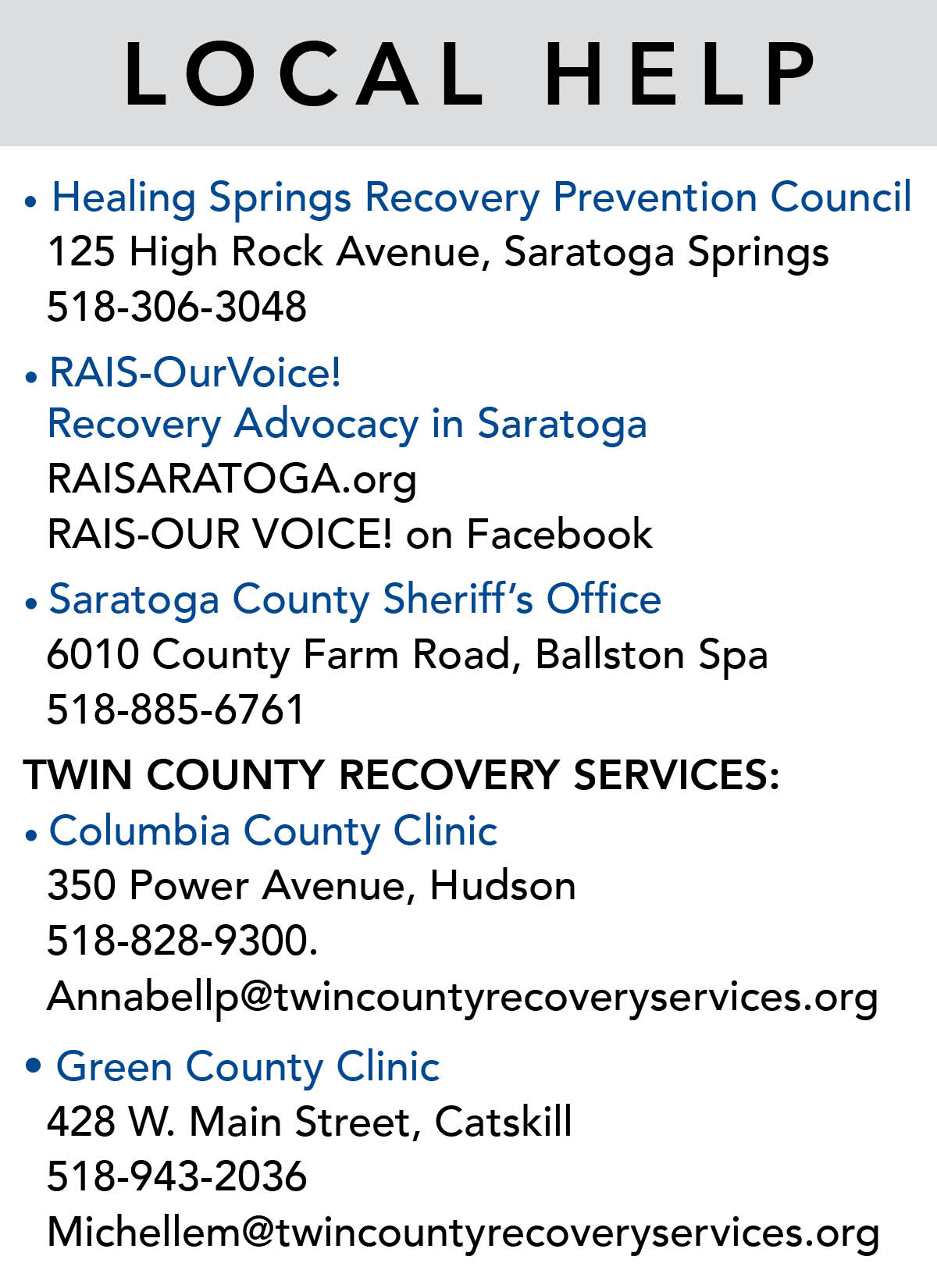MUCH OF THE DAILY conversations about the opioid crisis focus on issues such as improving access to naloxone, increasing the number of treatment facilities, having more education about prevention, and reducing the number of prescriptions being written for painkillers. However, one issue that does not receive enough attention in the media and in the literature is the declining numbers of substance abuse counselors.
A February 2016 discussion that aired on NPR’s Morning Edition focused on the problem, saying that the conversation should be focused less on the number of treatment beds available and more on the issue of counselors available to effectively manage those in treatment.
Another article published by Recovery Treatment Centers of America stated that approximately one in four treatment staff personnel leave the job each year. This information is backed up by the Institute of Medicine, which has tracked the steady decline of people entering the profession over the past 20 years.
The problem is being felt both nationally and locally.
Brian Farr, Assistant Professor at Hudson Valley Community College’s Human Services and Chemical Dependency Counseling Department, has watched the steady decline of students opting to obtain associate degrees and the necessary NYS certification that allows them to work as substance abuse counselors.
Farr trains students in HVCC’s Chemical Dependency program who are working to receive their associates degrees in chemical dependency and he also works with them to obtain their CASAC credential offered through the New York State Office of Alcohol and Substance Abuse Services (OASAS).
CASAC, which stands for Credentialed Alcoholism and Substance Abuse Counselor, is a rigorous multi-step program with specific educational, ethical, competency and previous work requirements a person must demonstrate to be allowed into the program.
Once accepted, students must complete 350 hours of required education and training through a certified program such as the one offered through HVCC; or, they must have already completed 4,000 hours of appropriate work experience plus additional training hours.
Farr said that, until recently, students going through the CASAC application process would be told by OASAS that there was a backlog of approximately 12 weeks before their applications would even be reviewed.
“Last spring, they said the wait time was down to two weeks,” said Farr. He said this is not just a phenomenon peculiar to HVCC. As someone who has been in the substance abuse treatment and recovery field for nearly 25 years, he talks with the 40 or more agencies from Catskill to Lake George. And what he has heard from them all is that they need more counselors.
“We really have a shortage.”
Charles Moak, Director of Outpatients for Conifer Park in Glens Falls, agrees. Moak has worked in the field of substance abuse treatment for more than 30 years and he is getting ready to retire. He is part of the profession’s aging workforce and he said that, over the next five years, about 250,000 other counselors will retire along with him, leaving a serious void.
“We get a lot of interns from HVCC and Adirondack Community College. Some take to it and some don’t. It’s a unique career that requires a variety of skills,” said Moak, with empathy being high on the list of those skills. “Some are naturally empathetic and others, not so much.”
Another part of the problem, said Moak, is the increased number of treatment opportunities that have been created by the opioid epidemic. “We have more people entering and staying in rehab and a higher demand for treatment.” Moak cited a recent report stating that there are 42 counselors per 1000 insured people eligible
for treatment.
Farr agrees.
“We have fewer clinicians and a bigger pool of sick people,” he said. One of the consequences is that the counselors themselves don’t get as much supervision as had previously been the case. “We need our counseling too,” said Farr. It is very important that counselors have adequate access to their own therapy sessions to avoid burnout.
“That’s not happening the way it should,” said Farr.
Before figuring out how to solve the increasing shortage of people going into a profession that is rapidly growing in importance, it is necessary to look at why people are opting for other professional tracks.
While most agree that the two main issues at the root of the shortage are low salaries and burnout, there is some disagreement over which issue is the most serious.
Farr and Moak both recall tuition forgiveness and other incentives that were available to those for pursuing degrees in substance abuse treatment counseling when they were in school. Those incentives are no longer available and, given the significant amount of time and expense involved in getting a college degree and a CASAC credential, it is likely that many students are discouraged from entering the field. Other fields that require the same level of training and credentialing tend to pay more once the person is in the workforce.
While there have been calls on the federal government from the Substance Abuse and Mental Health Administration and the National Council for Behavioral Health to offer tuition reimbursement, the 2018-2019 Federal Budget does not specifically discuss how monies going to states and educational programs will be used.
According to payscale.com, the average salary for a substance abuse treatment counselor is about $38,000 annually, while other sources indicate that the rate may be somewhat higher. According to the NYS Dept. of Labor Statistics, salaries can go as high as $63,000 annually, which seems to corroborate Farr’s comment that “You don’t have to take a vow of poverty to work in this field.”
Farr noted that, while the salary may be lower than other professions initially, it is possible to make a decent living and if a person is good at his/her job, promotions and pay increases are there.
“My first job was overnight and holidays at a halfway house – with a BA – but I stuck around and was offered a directorship and now I’m teaching. But, everyone I know who has stuck with this, we do it for the outcome – not the income.”
Farr did admit, however, that as he becomes more involved politically, he feels that higher pay is something that should be pushed for, as state and federal budgets begin to prepare for how they will allocate monies the Trump administration tagged for the opioid epidemic.
Moak agreed that pay should be better for people doing the difficult job of counseling, and he also suggested that monies be made available to subsidize education and training, and to reinstate tuition forgiveness for those opting to go into the profession.
The other problem of burnout is more difficult to combat, given the ever-growing numbers of people in need of treatment.
Meghan Riihimaki is program coordinator with Saratoga County Department of Mental Health and Addiction Services. She said there used to be a cap of 30-35 people per counselor in the program, which is no longer the case.
She added that roughly 80 percent of their clients are mandated – meaning that their clients are required to be in counseling, either by the court or their probation officer. Many of those clients are in denial and don’t want to be there.
“When the client struggles, it becomes more labor intensive for the counselor,” said Riihimaki.
The name for the burnout experienced by people in the substance abuse counseling profession, according to Farr, is “empathy fatigue.” And while it happens in every “helping” profession, Farr pointed out that, unlike patients going to their doctor or dentist, people in treatment for substance abuse disorder don’t always realize that they need to be there. This makes the whole process very taxing on the counselors, with some unable to take it.
However, Farr, Moak and Riihimaki all agree that the benefits of being in their profession far outweigh the downsides. Many counselors, although by no means all, have been through treatment themselves, giving them a greater insight into their clients’ struggles with overcoming the disease.
Others come to the profession after retiring from another, completely different career and looking for a different kind of fulfilment. For Moak, he said this has been the best job he could have ever hoped to have.
Most people who do enter the field have been touched in some way by addiction and are looking for a way to help, said Farr.
“There is always hope,” said Riihimaki. “As difficult as it is to be in this profession at times, it is hugely rewarding to be part of someone’s recovery process.”
In the meanwhile, more funding dollars need to be directed toward offering more competitive salaries, particularly for those just entering the profession. And, once they are in the profession, there needs to be more supervision and attention paid to the counselors themselves, to help them avoid the burnout, frustration and fatigue that all too often results in many opting out of the career.





 How to resolve AdBlock issue?
How to resolve AdBlock issue? 































